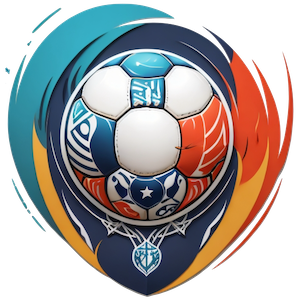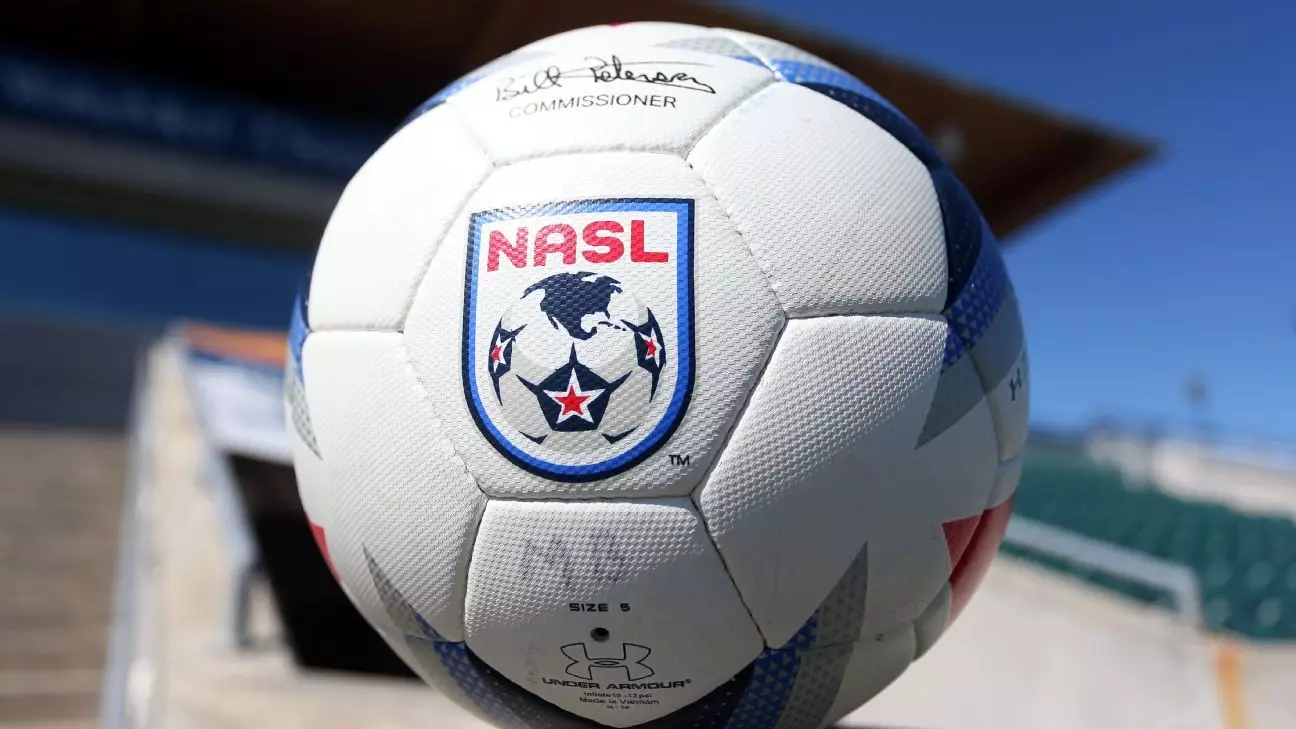The recent decision by a federal jury to favor the U.S. Soccer Federation (USSF) and Major League Soccer (MLS) in an antitrust lawsuit brought forth by the North American Soccer League (NASL) marks a pivotal moment in the evolution of professional soccer in the United States. This case has unfolded over seven long years, reflecting the complexities and rivalries intrinsic to the sport’s structure in America. The jury’s verdict not only represents a legal win for the USSF and MLS but also resonates powerfully with broader implications for the competitive ecosystem of soccer within the nation.
At its core, the NASL’s legal battle stemmed from the USSF’s denial of the league’s application for Division 2 status in 2017. Founded in 2011 as an independent second-tier league beneath the established MLS, the NASL sought to carve out its own niche in the competitive landscape of American soccer. However, following a series of financial challenges and the eventual pause of its operations in 2018, the NASL attempted to shift the blame onto the USSF and MLS through its antitrust claims, which alleged collusion and anti-competitive practices.
The lawsuit’s origins can be traced back to a clear dissatisfaction with how the USSF oversaw league classifications, which the NASL contended served to disproportionately benefit MLS. The plaintiffs argued that the Professional League Standards introduced by the USSF were both arbitrary and discriminatory, leading the NASL to consistently fall short of the necessary criteria for higher designations. NASL representatives asserted that the standards were manipulated to foster MLS’s dominance over soccer in the United States, urging for a revision in the national structure that they claimed unjustly hindered competition.
The NASL’s lead attorney, Jeffrey Kessler, stated their belief that the jury had failed to comprehend critical evidence that could potentially tilt the verdict. The underlying challenge was the NASL’s inability to present compelling proof of a direct conspiracy between the USSF and MLS. Instead of demonstrating a clear engagement in anti-competitive conduct, the evidence largely rested on circumstantial developments that the NASL strung together in hope of establishing a narrative of conspiratorial misconduct.
The jury, after three weeks of testimonies from key figures in both leagues, including former USSF president Sunil Gulati and MLS commissioner Don Garber, ultimately found the NASL’s claims lacking merit. The defense effectively shifted the narrative, showcasing the growth and fluidity within American soccer, pointing to numerous promotion and relegation movements that contravened the NASL’s claims of stagnant competition dominated by MLS.
This growth narrative was critical, as the defense argued not only that competition existed across different divisions but that it was thriving. Teams such as Orlando City and the United Soccer League (USL) illustrated a dynamic soccer landscape, challenging the notion that the USSF engaged in restraint of trade. The jury’s affirmation of this perspective became a decisive factor in validating the USSF and MLS’s contention that the NASL’s struggles were borne out of mismanagement, rather than a conspiracy to choke off competition.
The verdict signals a significant endorsement of the USSF’s governance model and its ongoing commitment to maintaining a competitive landscape for professional soccer in the U.S. The decision reinforces the notion that, while leagues must adhere to rigorous standards, growth and competition are possible within existing frameworks. USSF’s statement post-verdict reflected a dedication to fostering a flourishing ecosystem for all soccer leagues, emphasizing a desire for healthy competition conducive to the sport’s overall growth.
Moreover, this case aids in delineating the boundaries of acceptable governance and organizational structuring within professional sports. By ruling out the NASL’s claims of conspiratorial malfeasance between the USSF and MLS, the court has effectively set a precedent regarding how soccer leagues operating at different levels must align with regulatory standards while fostering competitive practices.
As the NASL considers its next steps, including potential appeals, the implications of this ruling will resonate deeply within the organization and its stakeholders. It raises critical questions about the future of second-tier soccer in the United States and the challenges any new league will face positioning itself against the well-established MLS. Stakeholders in the NASL must now rethink their strategies if they wish to survive in this competitive environment where regulatory interpretations and perceptions of viability can make all the difference.
This verdict illuminates the complex interplay of competition and governance in American soccer, presenting a pathway for potential growth while reiterating the importance of strong regulatory frameworks to ensure fair play. The echoes of this case will undoubtedly shape the future of soccer in the United States as the sport continues to evolve and expand.

